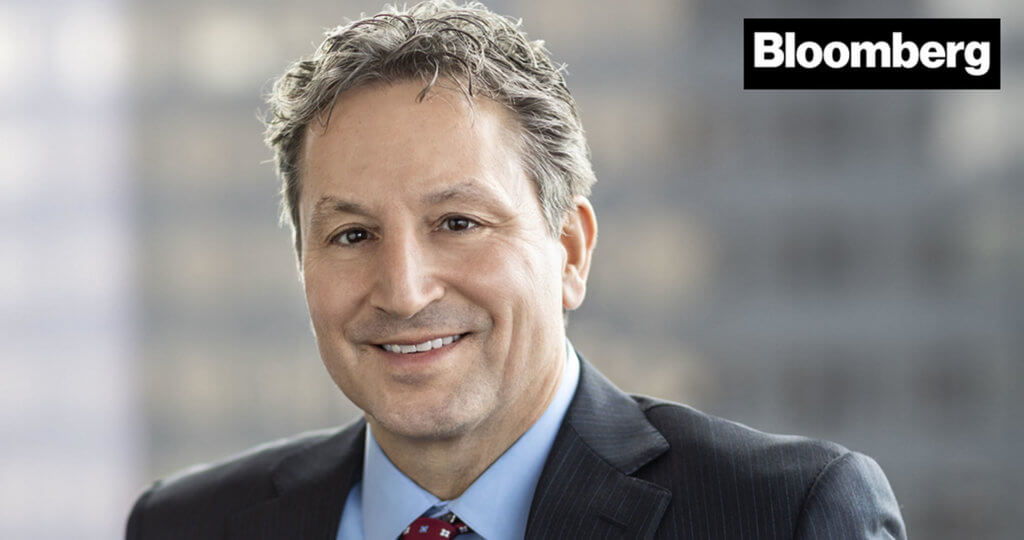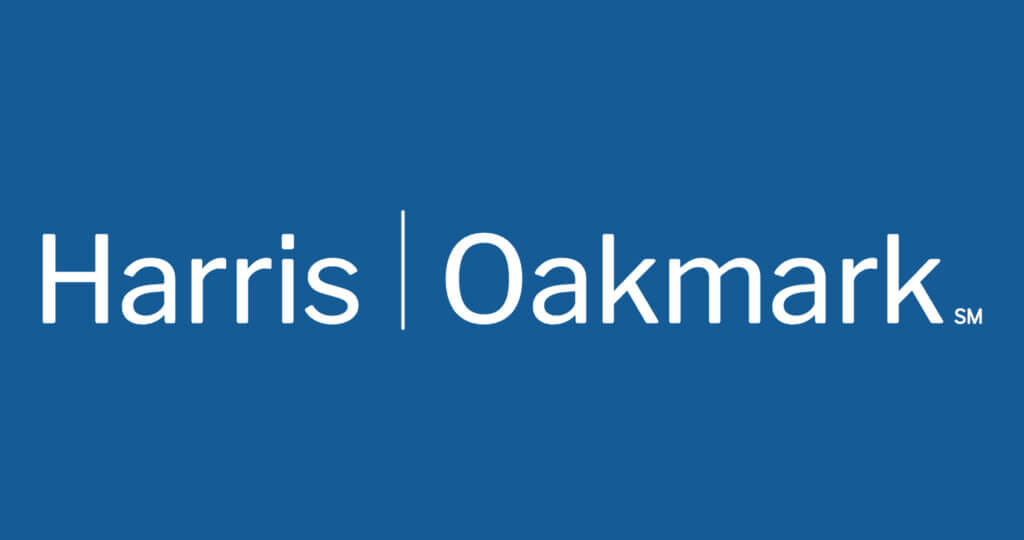Oakmark International Fund - Investor Class
Average Annual Total Returns 09/30/13
Since Inception 09/30/92 11.10%
10-year 11.63%
5-year 14.42%
1-year 40.79%
3-month 13.16%
Gross Expense Ratio as of 09/30/12 was 1.06%
Past performance is no guarantee of future results. The performance data quoted represents past performance. Current performance may be lower or higher than the performance data quoted. The investment return and principal value vary so that an investor’s shares when redeemed may be worth more or less than the original cost. The To obtain the most recent month-end performance data, view it here.
The Oakmark International Fund returned 41% for the fiscal year ended September 30, 2013, comparing favorably to the MSCI World ex U.S. Index, which returned 21%. For the most recent quarter the Fund outperformed the MSCI World ex U.S. Index, returning 13% versus 11%. The Fund has returned an average of 11% per year since its inception in September 1992, outperforming the MSCI World ex U.S. Index, which has averaged 7% per year over the same period.
Daiwa Securities Group, Japan’s second-largest broker, was the top contributor to performance over the past 12 months, returning 139%. As discussed in previous letters, Daiwa has benefitted from the Japanese stock market rally and the weakened yen that followed talks of economic reform. Daiwa’s fiscal 2012 results were very strong: net operating revenues increased by 24% while operating costs decreased by 7%. The most recent quarterly numbers also exceeded our expectations. The retail business achieved operating margins around 50%, and the quarter’s EBIT was more than half of what we estimated for Daiwa’s entire fiscal year. Although Daiwa’s stock price has almost tripled over the past year, we continue to believe the company’s stock has significant upside and will remain a good investment for our shareholders.
Another top contributor was Lloyd’s Banking Group, the dominant retail bank in the U.K., which returned 90% over the past twelve months. Over the past year Lloyd’s has removed substantial amounts of risk from its balance sheet, and it is disposing of its non-core assets ahead of expectations. Lloyd’s is projected to have less than 70 billion pounds in non-core assets and a Core Tier 1 of greater than 10% by the end of 2013, a year ahead of previous guidance. During the first half of 2013, Lloyd’s core expenses were down 3%, compared to the first half of 2012, and management anticipates further cost savings. Lloyd’s loan book quality has also improved due to a decline in non-performing loans. We are encouraged by Lloyd’s strengthening balance sheet and believe it is well positioned for the future.
The largest detractor from performance over the past twelve months was Orica, an Australian mining-services company, which declined 24%. Shares reacted negatively to the news that the company’s net profit in fiscal year 2013 would not meet expectations. Much of this was due to macro weakness and a weaker commodity environment, but numerous isolated incidents also contributed. Minova, the company’s ground support business, which generated A$109m in EBIT last year, is only expected to breakeven on an EBIT basis due to restructuring, two isolated customer issues and a dispute with a supplier. Indonesia operations will suffer due to two large customers temporarily suspending operations, as well as a more difficult competitive environment. Finally, slower than expected growth will impact the Australian business. We believe many of these issues are one-off in nature and are likely to reverse next year. Synergy gains from integrating Minova with the rest of the business, continued growth in Australia, and weakening of the Australian dollar should significantly boost Orica’s earnings growth in fiscal year 2014.
There was a lot of portfolio activity during the past quarter–we sold our positions in ASSA ABLOY, Amcor, Bank of Ireland, Grupo Televisa and Roche. We added four new names to the Fund: Pernod Ricard, the second largest worldwide producer of spirits; Samsung Electronics, a consumer and industrial electronics manufacturer; Sanofi, a pharmaceutical company; and WPP, a leading advertising and communications services company.
Geographically we ended the quarter with 78% of our holdings in Europe, 14% in Japan and 5% in Australia. The remaining positions are in North America (Canada), South Korea and the Middle East (Israel).
We continue to believe some global currencies are overvalued. As a result, we defensively hedge a portion of the Fund’s currency exposure. Approximately 35% of the Australian dollar, 29% of the Swedish krona, 24% of the Swiss franc and 7% of the Japanese yen were hedged at quarter-end.
We continue to adhere to a long-term value philosophy that has enabled us to build a portfolio of high quality names trading at discounts to our estimate of intrinsic value. We thank you, our shareholders, for your continued support.
As of 9/30/13, Daiwa Securities Group, Inc. represented 2.3%, Lloyd’s Banking Group PLC 2.4%, Orica, Ltd. 2.4%, Assa ABLOY AB, Class B 0%, Amcor, Ltd. 0%, Bank of Ireland 0%, Grupo Televisa SA 0%, Roche Holding AG 0%, Pernod Ricard SA 1.8%, Samsung Electronics. Co., Ltd. 0.3%, Sanofi 0.4%, and WPP PLC 0.4% of the Oakmark International Fund’s total net assets. Portfolio holdings are subject to change without notice and are not intended as recommendations of individual stocks.
Click here to access the full list of holdings for The Oakmark International Fund as of the most recent quarter-end.
The MSCI World ex U.S. Index (Net) is a free float-adjusted market capitalization index that is designed to measure international developed market equity performance, excluding the U.S. This benchmark calculates reinvested dividends net of withholding taxes using Luxembourg tax rates. This index is unmanaged and investors cannot invest directly in this index.
The Fund’s portfolio tends to be invested in a relatively small number of stocks. As a result, the appreciation or depreciation of any one security held by the Fund will have a greater impact on the Fund’s net asset value than it would if the Fund invested in a larger number of securities. Although that strategy has the potential to generate attractive returns over time, it also increases the Fund’s volatility.
The percentages of hedge exposure for each foreign currency are calculated by dividing the market value of all same-currency forward contracts by the market value of the underlying equity exposure to that currency.
Investing in foreign securities presents risks that in some ways may be greater than U.S. investments. Those risks include: currency fluctuation; different regulation, accounting standards, trading practices and levels of available information; generally higher transaction costs; and political risks.
The discussion of the Fund’s investments and investment strategy (including current investment themes, the portfolio managers’ research and investment process, and portfolio characteristics) represents the Fund’s investments and the views of the portfolio managers and Harris Associates L.P., the Fund’s investment adviser, at the time of this letter, and are subject to change without notice.







